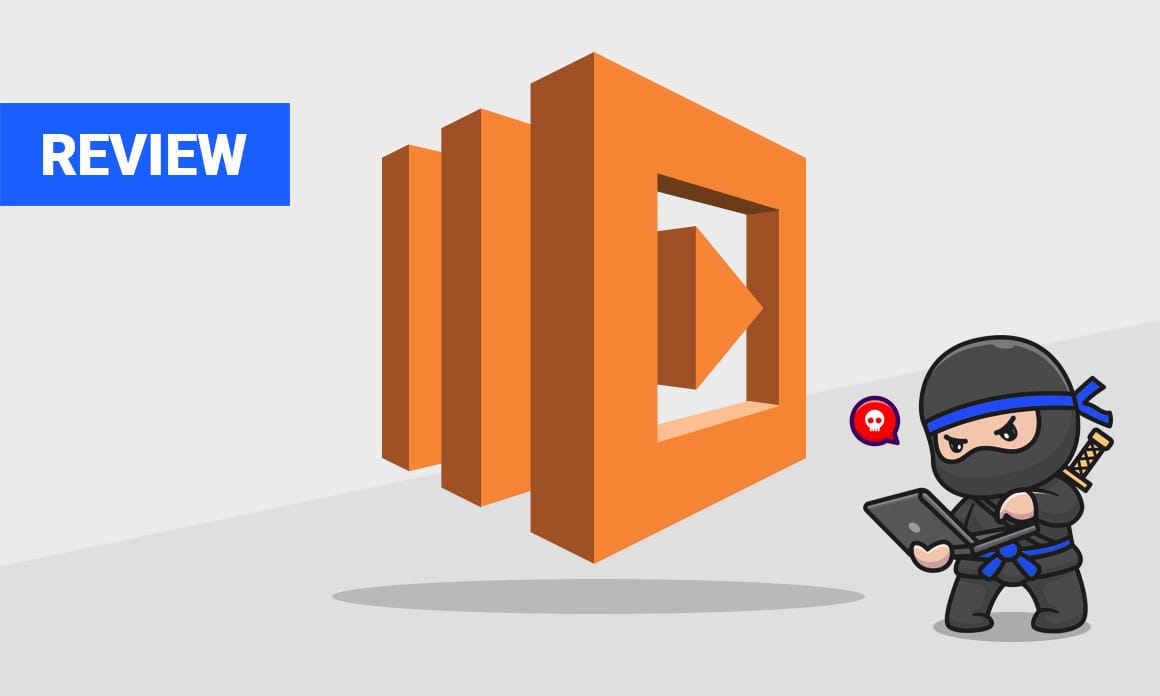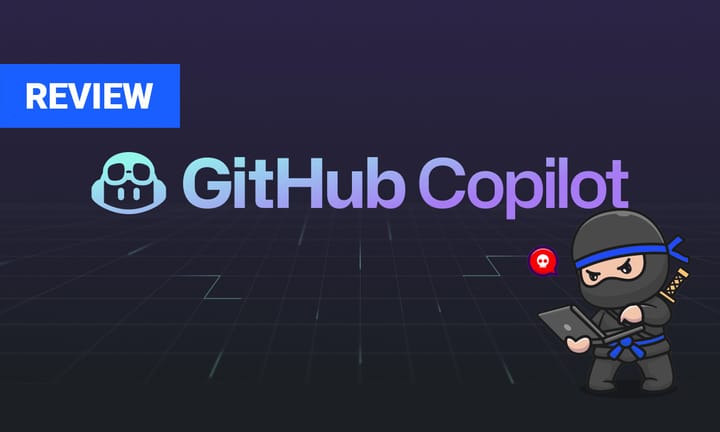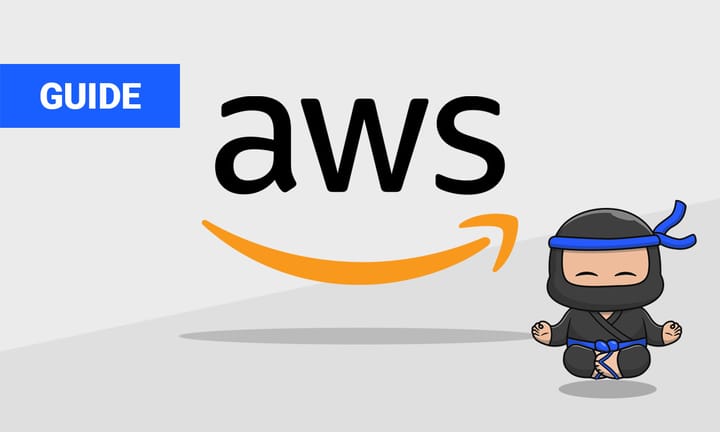Exploring AWS Lambda: A Comprehensive Review
AWS Lambda simplifies serverless computing with event-driven execution, seamless AWS integrations, and pay-per-use pricing. Ideal for scalable applications, it offers multi-language support, flexibility, and cost efficiency, though challenges like cold starts and debugging complexity may arise.

As software development evolves, serverless computing has transformed how businesses deploy applications. AWS Lambda is a frontrunner in this space, offering an innovative way to run code without provisioning or managing servers. In this review, we’ll delve into AWS Lambda’s core features, its pros and cons, competitor comparison, and provide relevant recommendations for users considering adopting this technology.
Overview of AWS Lambda
Technology Category: Function as a Service (FaaS)
Price: Free tier available; pay-per-use pricing model.
Release Date: November 13, 2014
Target Audience: Developers, enterprises, startups, and organizations seeking scalable and cost-efficient computing resources.
AWS Lambda allows developers to execute code in response to events—like changes in data state or system updates—using a highly responsive and flexible environment. Its seamless integration with various AWS services makes it suitable for applications big and small.
Key Features of AWS Lambda
- Event-driven Execution: Automatic execution in response to events from over 200 AWS services.
- Scalability: Automatic scaling from a few executions per day to thousands per second.
- Cost Efficiency: Charges apply only for compute time consumed.
- Support for Multiple Languages: Offers native support for Java, Go, PowerShell, Node.js, C#, Python, and Ruby.
- Built-in Security: Integrates with AWS Identity and Access Management (IAM) to secure resources.
Pros and Cons
#### Pros:
- Simplified Management: No server management required.
- Scalability and Flexibility: Automatically scales with demand.
- Cost-effective: Pay only for the compute time used.
- Integration: Well-integrated within AWS ecosystem, enhancing its utility.
- Quick Deployment: Supports CI/CD pipelines facilitating rapid deployment.
#### Cons:
- Cold Starts: Latency can occur due to infrequent invocations.
- Resource Limits: Limited to 15 minutes per execution and deployment package size.
- Complexity in Debugging: The absence of a local execution environment may make debugging more challenging.
Dependencies and Prerequisites
- AWS Account: Required to access and use AWS Lambda.
- IAM Role: Properly configured IAM roles and permissions are necessary for Lambda functions to execute actions.
- AWS CLI or SDK: Required for deploying serverless applications.
- Event Source Setup: Must configure event sources such as S3, DynamoDB, or API Gateway.
Competitor Analysis
Google Cloud Functions: Similar to AWS Lambda, Google Cloud Functions offers an event-driven execution model with excellent support for Google Cloud integrations. It's user-friendly but might lack some of AWS’s flexibility and widespread service integration.
Microsoft Azure Functions: Known for seamless integration with Microsoft tools like Visual Studio, Azure Functions offer an extensive language support and flexible pricing model, which might be better suited for enterprises already invested in Microsoft technologies.
IBM Cloud Functions: Based on Apache OpenWhisk, IBM Cloud Functions offers strong support for open-source tools but may not match AWS in terms of integrations and regional availability.
Conclusion and Recommendations
AWS Lambda stands out as a reliable and flexible serverless compute service, perfect for teams seeking to eliminate infrastructure management tasks and focus on code. Its extensive integration with AWS services makes it an ideal choice for developers already utilizing the AWS ecosystem.
However, consider alternatives based on your specific ecosystem needs, language support, and integration requirements, especially if latency concerns are critical.
Addressing Common Questions
- How is AWS Lambda priced?
You pay based on the number of requests and the compute time used. The AWS Free Tier includes 1 million free requests and 400,000 GB-seconds of compute time monthly. - Can AWS Lambda handle long-running processes?
Currently, Lambda functions can run for up to 15 minutes per invocation. - What languages are supported by AWS Lambda?
AWS Lambda supports Java, Go, PowerShell, Node.js, C#, Python, Ruby, among others.
Resources and URLs
- AWS Lambda Pricing
- AWS Lambda Documentation
- AWS Free Tier
- Comparison: AWS Lambda vs Google Cloud Functions
- Comparison: AWS Lambda vs Azure Functions
AWS Lambda revolutionizes the way developers deploy scalable applications. Consider the specific requirements for your project and the ecosystem your team operates within to decide whether AWS Lambda suits your needs. Explore AWS’s vast documentation to unlock the full potential of going serverless.
With these insights, you're well-equipped to assess AWS Lambda for your serverless architecture needs. Explore, experiment, and engineer systems with efficiency and scale.



Comments ()